The coolest homeowners choose the right unit, use it well and maintain it properly
Once considered a luxury during dry, western Prairie summers, the air conditioning system might be on its way to becoming a common counterpart of the home furnace, battling bouts of harsh heat that have proven as formidable as frigid winter lows.
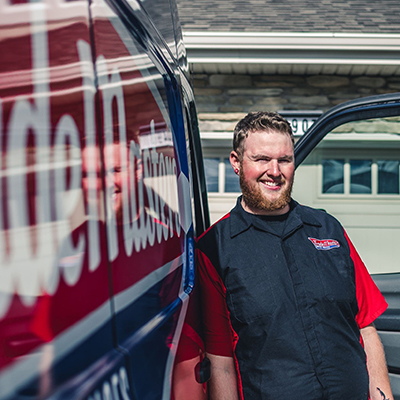 The heat wave that struck Alberta in late June 2021, for example, set 219 records for high temperatures and daily maximums across the province. There’s likely more to come.
The heat wave that struck Alberta in late June 2021, for example, set 219 records for high temperatures and daily maximums across the province. There’s likely more to come.
“Extreme hot temperatures will become more frequent and more intense,” according to Canada’s Changing Climate Report, released in 2019. “This will increase the severity of heatwaves.”
It’s no surprise, then, that Scott Steier (Gasfitter ’19, Refrigeration and Air Conditioning Mechanic ’16, HVAC Specialist ’13) reports that his family-run HVAC company, Trademasters, currently installs one or two systems in the Edmonton area everyday.
“We've got crazier lives, we've got higher stress levels, we can't afford to not sleep at night because it's too hot,” says Steier.
“People have babies in the house, or they've got dogs at home – they're worried about that.
“We probably had 1,000 inquiries on air conditioning last summer alone,” he adds.
Steier acknowledges that comfort comes at a cost to our electrical bills and the environment. Can a balance be struck? Here are his tips on keeping the efficiency of an air conditioning unit in step with warming summers.
Investigate efficiency ratings

AC systems run on electricity alone, which powers a compressor that circulates refrigerant to the furnace. There, that refrigerant collects heat drawn from the interior air and stored at the evaporator coil.
“Think of it like semi-trucks,” says Steier. “Empty semi-trucks come into the coil, which is loaded up with the heat. Those semi-trucks are going to deliver that heat [to] your outdoor unit.” That is, out of your house.
This requires a lot of energy. On average, says Steier, a system will use three to four killowatts per hour – about 20 times the usage of an average kitchen refrigerator. Pay attention to the seasonal energy efficiency ratio (SEER) of a potential AC unit, which looks at units of cooling output per energy input. SEER ratings vary from 13 to about 21.
“The lower that number is, the less electrically efficient it is.” Over the years, the savings add up, adds Steier. “It is worth the investment.”
Installation methods matter
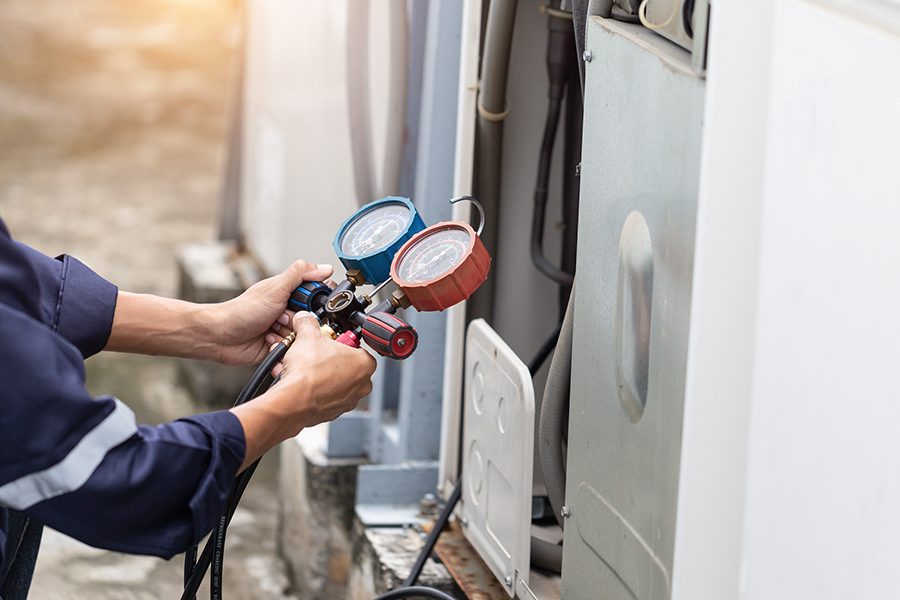
Refrigerant tends to run through copper pipes, which are welded during installation. “When you weld a copper pipe and don't purge that system constantly with nitrogen, you get this black, crusty buildup on the inside of your pipe,” says Steier. That residue can plug up the system.
Steier also recommends that a filter drier be installed to remove any other contaminants from the refrigerant.
“With an air conditioning system, every step is crucial. That's going to be the difference between having to change that unit in five years or 20.”
Bigger is not always better
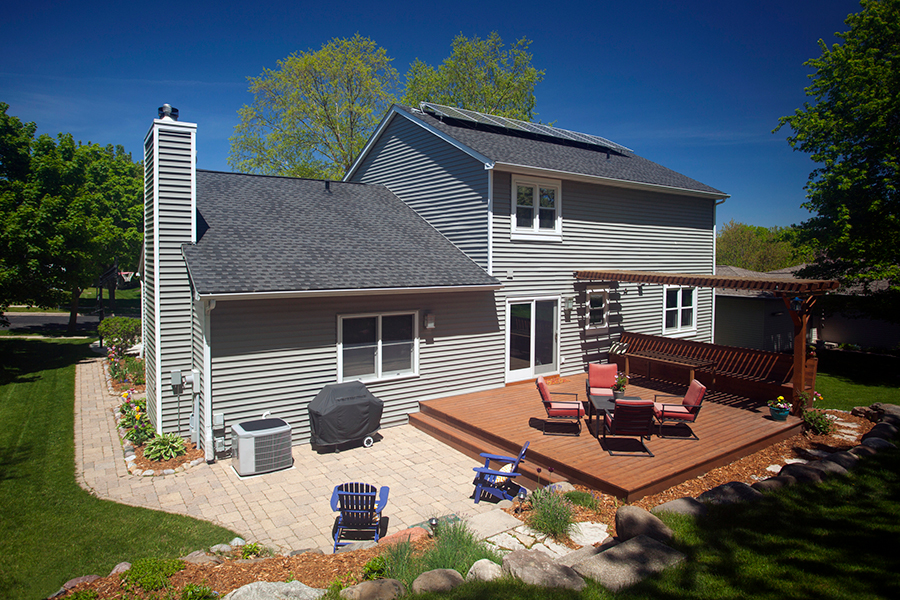
Proper sizing of an air conditioning system is essential, says Steier. “It's kind of a Goldilocks scenario: You can't be too small, you can't be too big, it's got to be just right.”
A full, pre-installation analysis should account for not just the square footage of your home but its building materials and insulation, and therefore how much outside heat can get inside.
Obviously, an undersized unit will struggle to keep up. An oversized unit, in contrast, could burn out through “short cycling,” where the house gets too cool too fast and the machine shuts off only to turn on again shortly after, rather than provide sustained, gradual cooling. The series of rapid starts and stops leads to excess wear and tear.
Maintenance is next to godliness
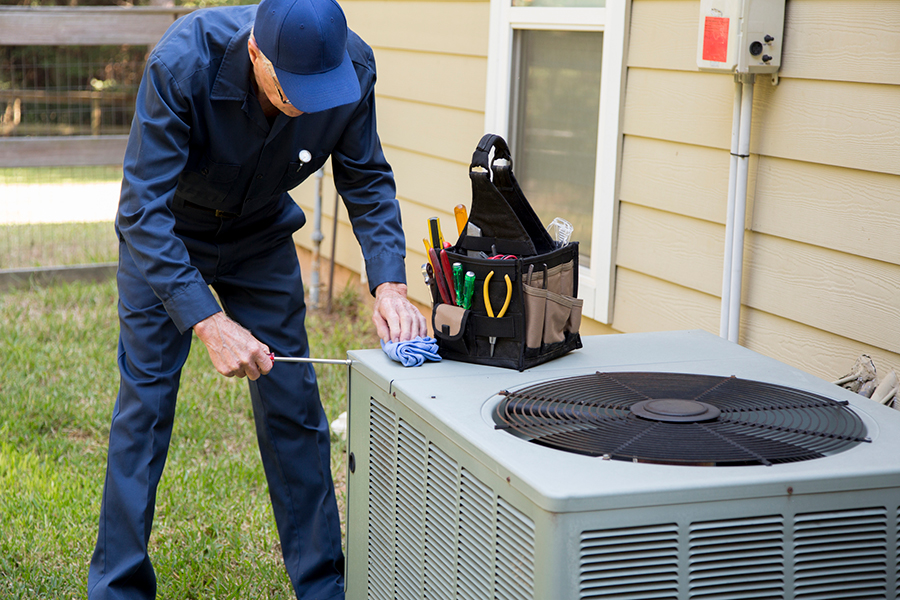
An AC unit should last up to 20 years – if it’s well maintained. “We change AC systems that are three to five years old a lot,” says Steier. “The reason is always poor installation and/or lack of maintenance.”
A big part of maintenance is cleaning to ensure that the coils can efficiently transfer heat and prevent overworking other aspects of the AC system. Clean the indoor evaporator coil every three to four years, says Steier, and more often if you have pets or live in a dusty environment. Have the outdoor condenser coil serviced and cleaned every couple of years.
Lighten the workload
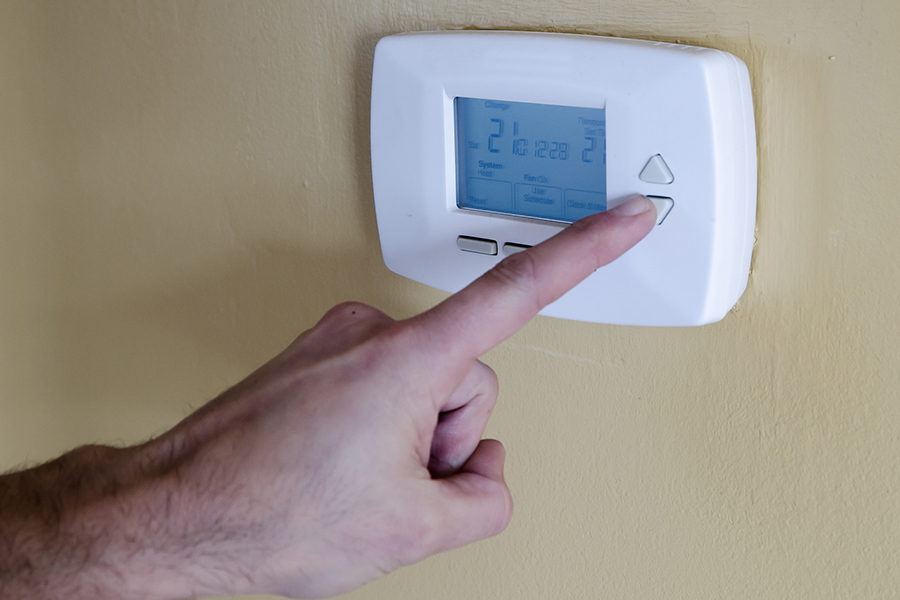
In theory, using your AC unit as little as possible might seem the best way to save on electricity and potential repair costs. In practise, that may not be the case, says Steier.
“If you're going to open up the windows because it's a nice evening and turn off the AC, no problem. But you don't want your house getting up to 26, 28 degrees and then try to cool it down all at once at night. It's going to overload the system, causing it to work harder and draw more power. Having it come on more frequently for shorter periods of time is better.”
Don’t forget the filter
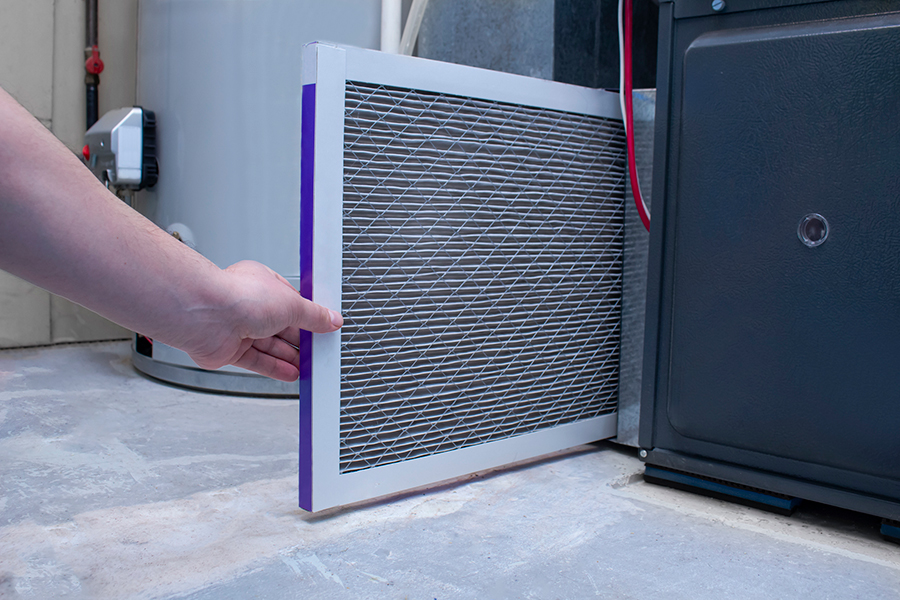
Air conditioning uses a lot of airflow, says Steier. A dirty filter will restrict that flow, reducing efficiency or even damaging the compressor. A one-inch filter should be changed every one or two months, while a four- or five-inch filter might stretch to two or three.
“Don't just go off of how dirty the filter looks,” says Steier. “They pick up particulates that you can't see with the naked eye, such as mold spores, dust allergens and pollen. Filters can still plug up even though they look perfectly clean.”
Mark your calendar with a reminder to make the change, he adds. “It could save you thousands of dollars in repair costs and save you money in efficiency, as well as keep you more comfortable and breathing healthier in your home.”
Banner image by Photography by Tonelson/istockphoto.com